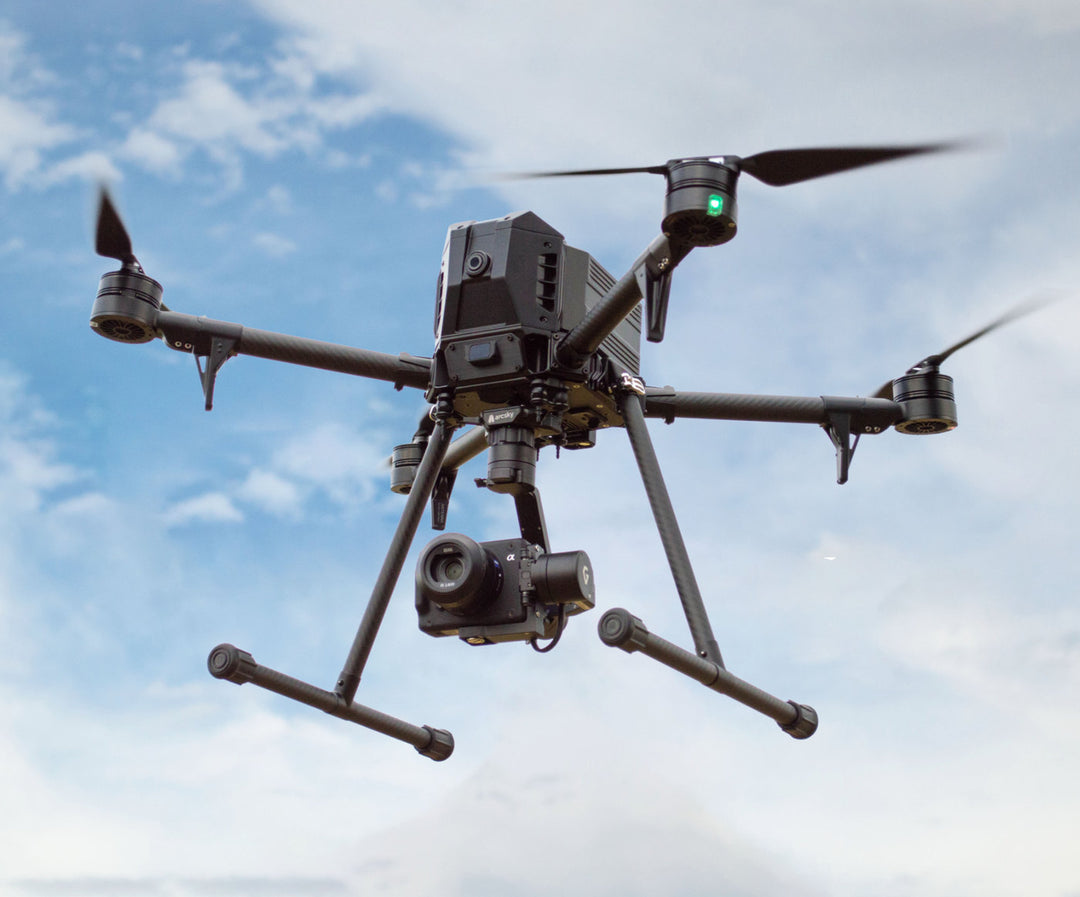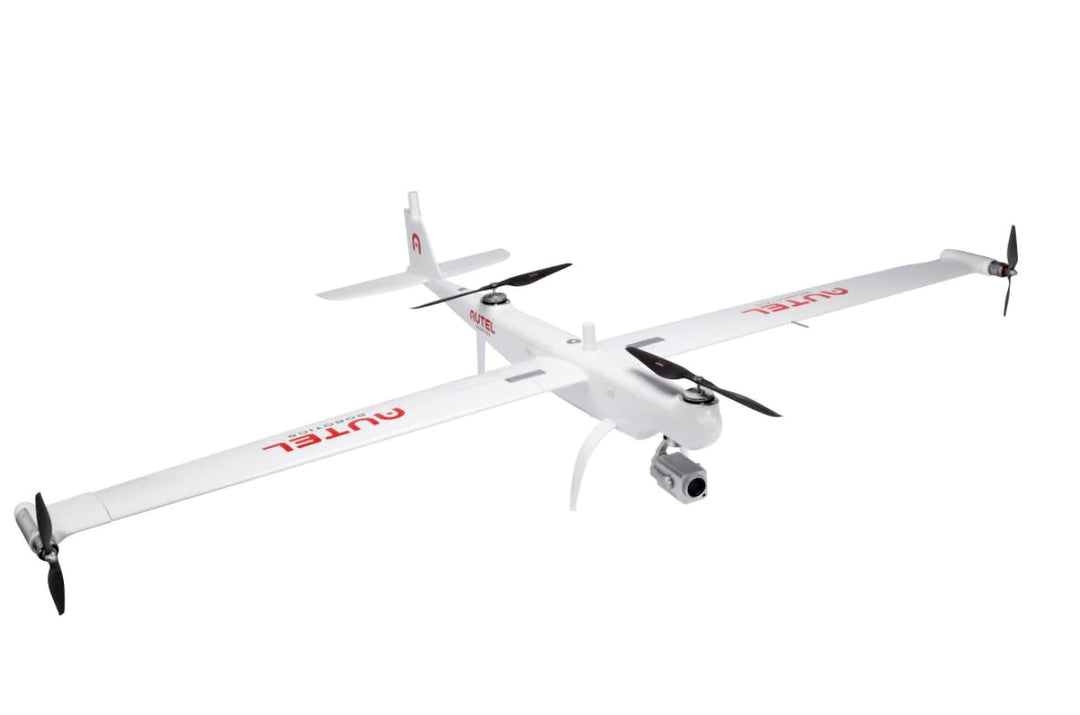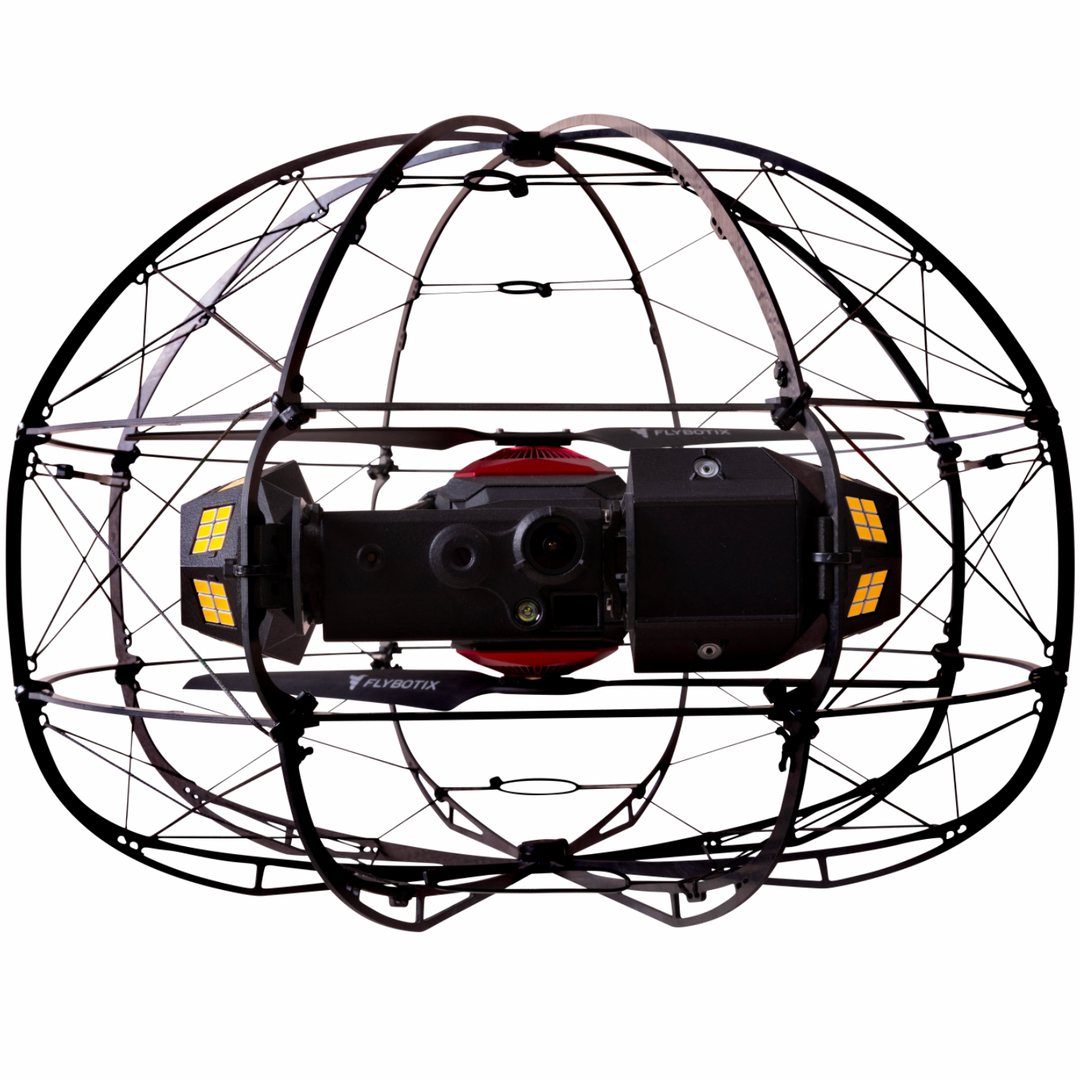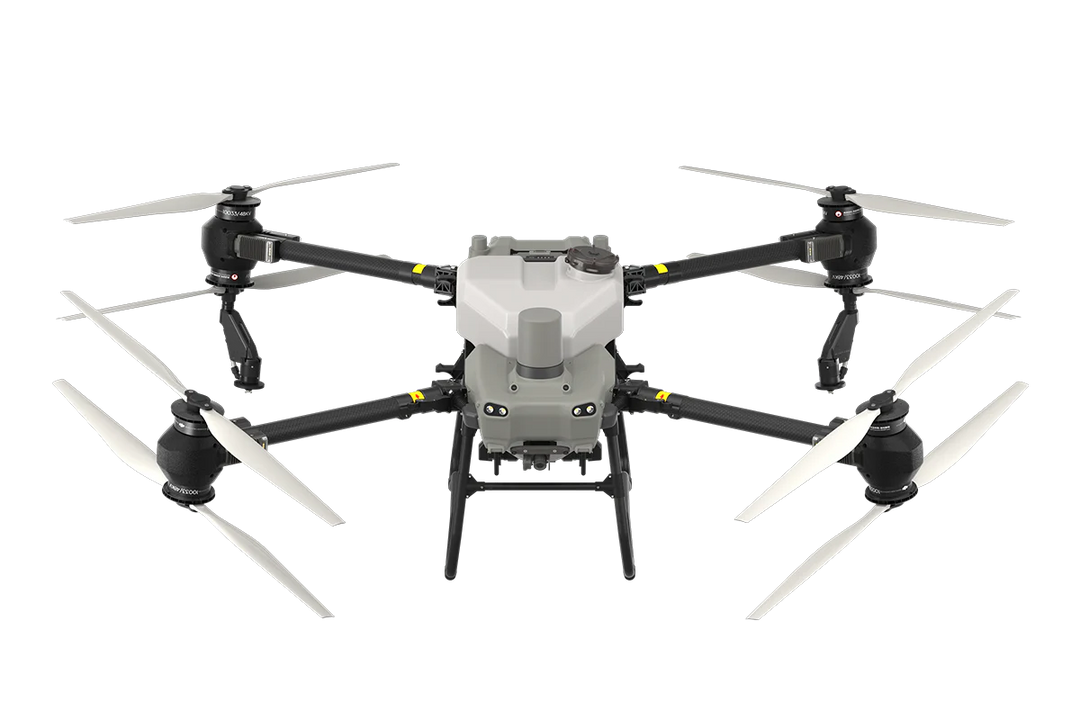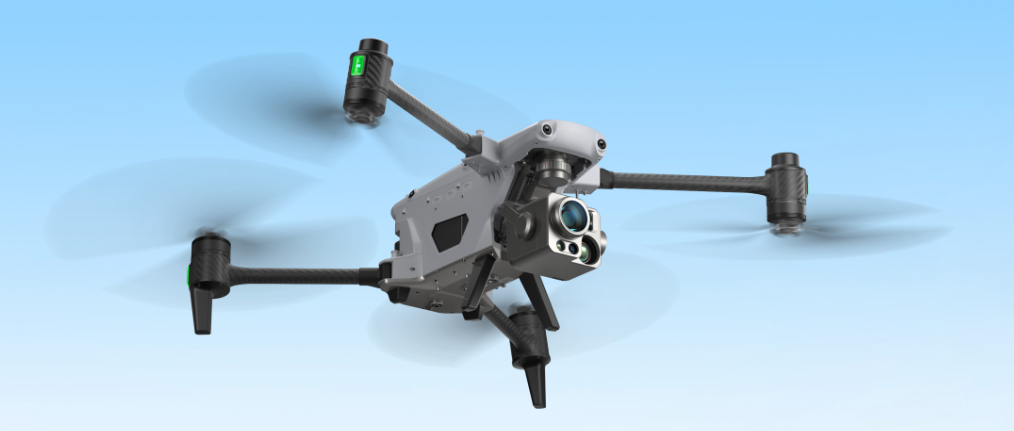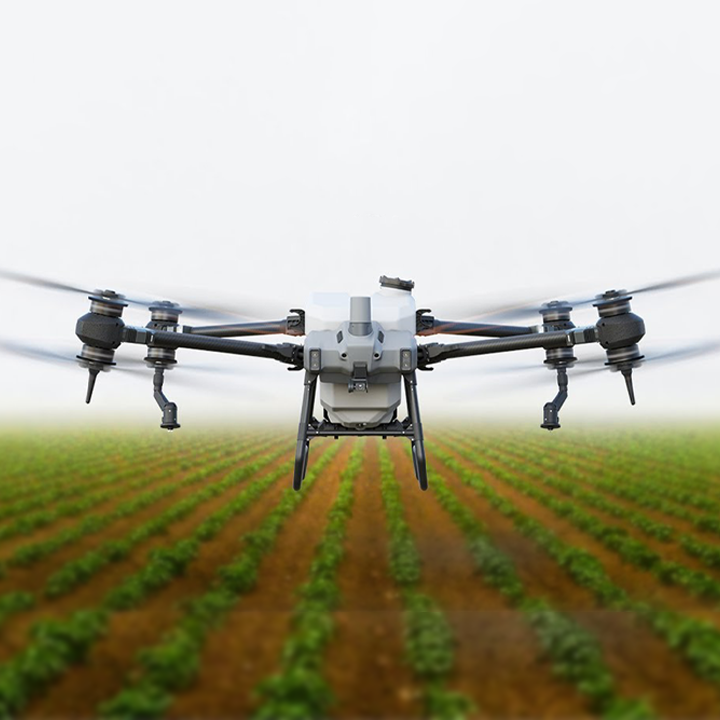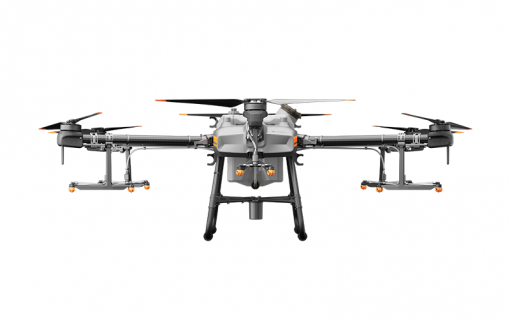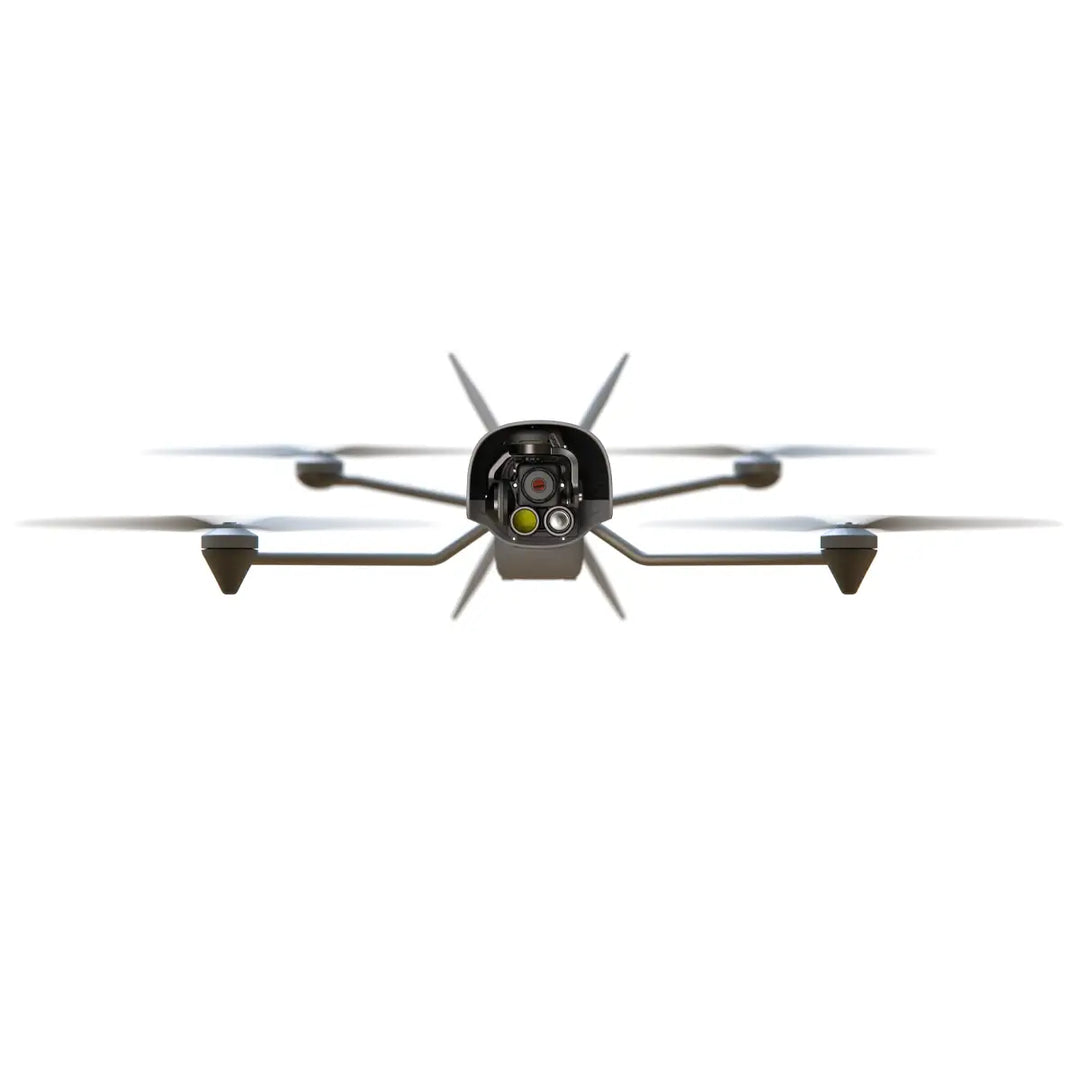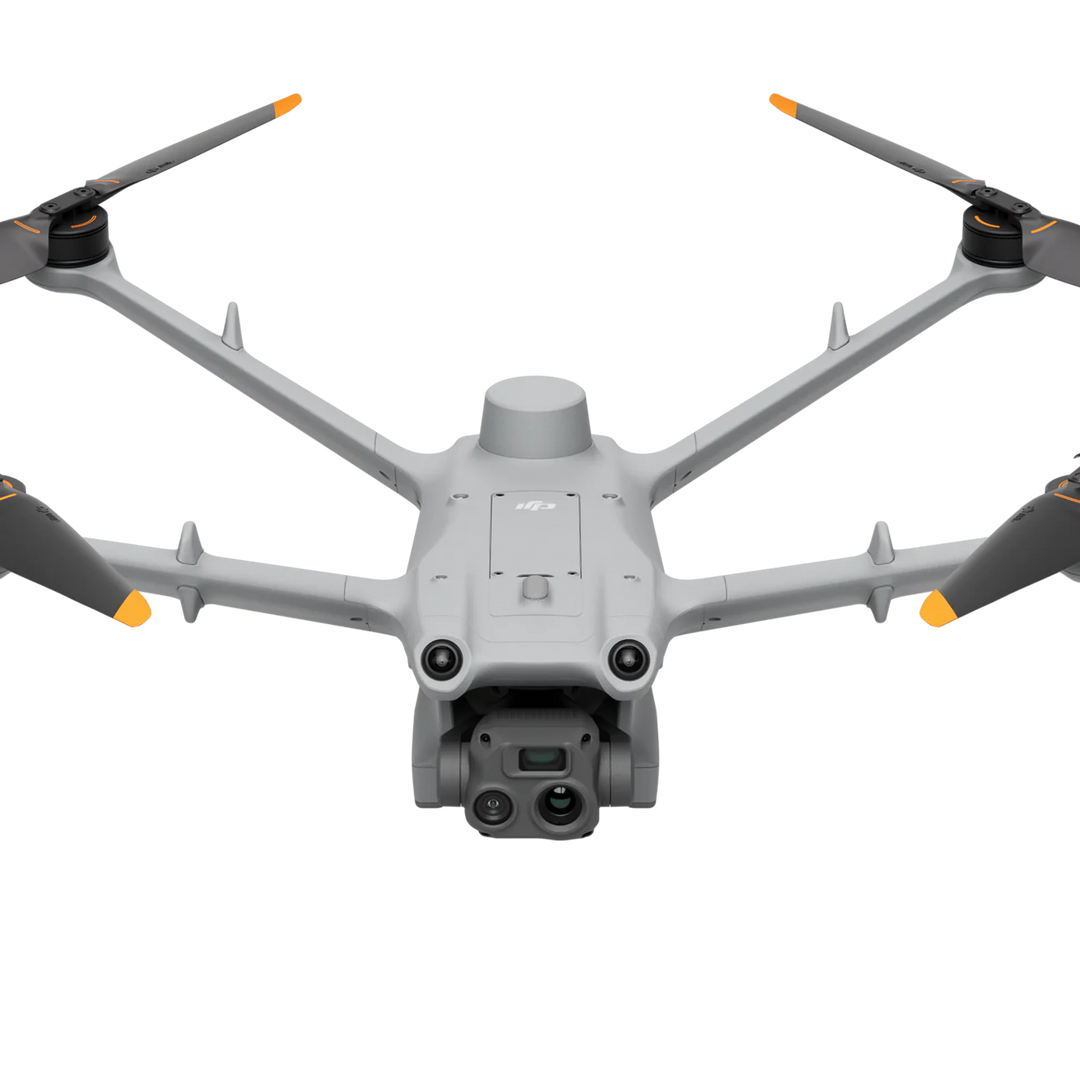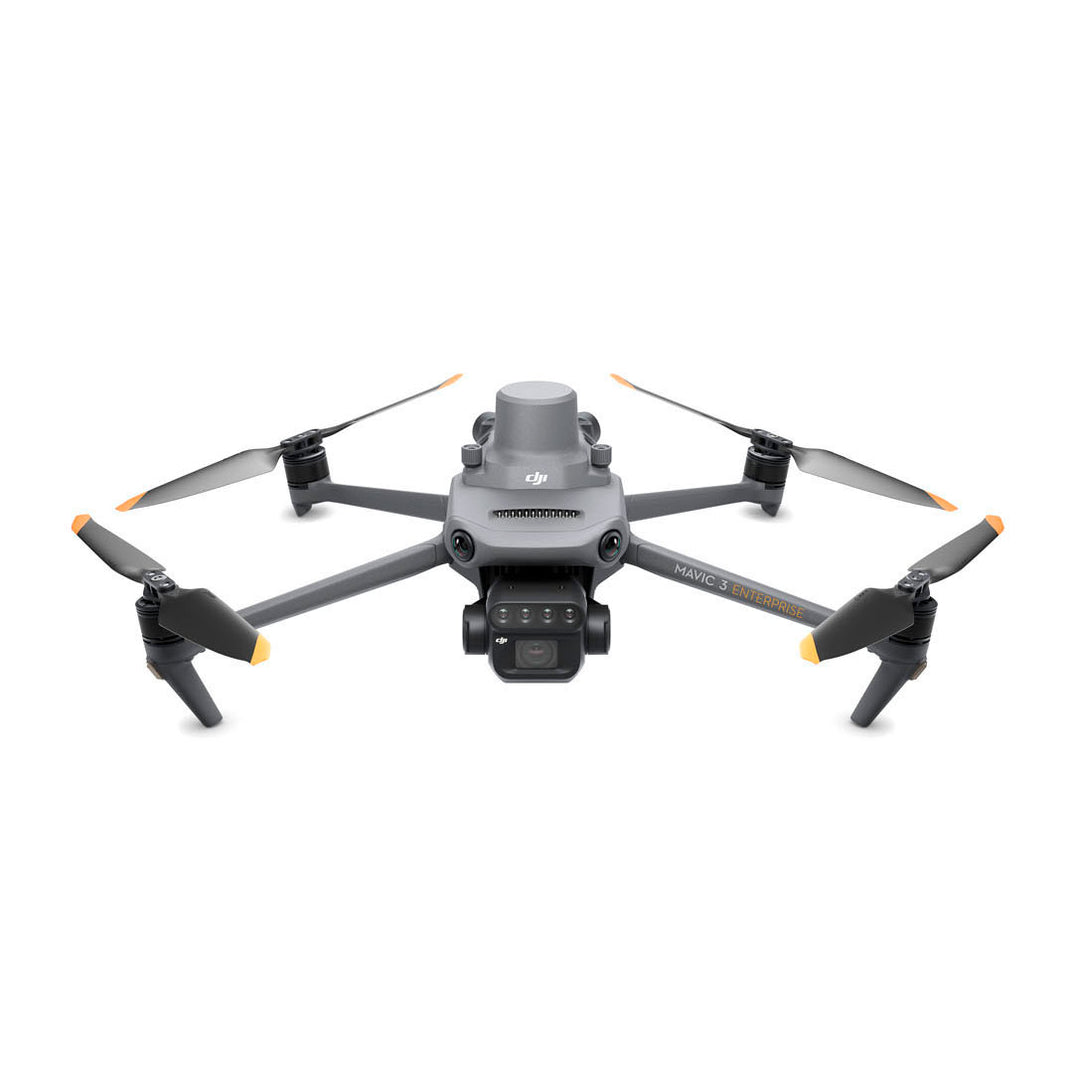A UAV, or Unmanned Aerial Vehicle, is an aircraft that is operated without a human pilot onboard. Instead, it is controlled either autonomously by onboard computers or remotely by a pilot on the ground. UAVs come in various shapes and sizes, ranging from small drones used for recreational purposes to large, sophisticated aircraft used for military surveillance or commercial applications.
UAVs have gained significant popularity and utility in recent years due to advancements in technology, particularly in areas such as battery life, stability, and miniaturization of sensors and components. They are used in a wide range of applications, including:
-
Military and Defense: UAVs are commonly used for reconnaissance, surveillance, intelligence gathering, and even combat missions by military forces around the world. They can provide real-time situational awareness without risking the lives of human pilots.
-
Commercial Applications: UAVs are increasingly being used in various commercial sectors, including agriculture (for crop monitoring and spraying), construction (for site surveys and monitoring), filmmaking and photography, infrastructure inspection (such as power lines and pipelines), and search and rescue operations.
-
Scientific Research: UAVs are employed in scientific research for tasks such as atmospheric monitoring, wildlife tracking, geological surveys, and environmental monitoring.
-
Humanitarian Aid: UAVs can be used in humanitarian efforts for tasks such as delivering medical supplies and disaster assessment and response.
UAVs offer several advantages over manned aircraft, including lower costs, greater endurance, and the ability to access hazardous or hard-to-reach areas. However, they also present unique challenges, such as regulatory issues related to airspace management, safety concerns, and privacy considerations.



